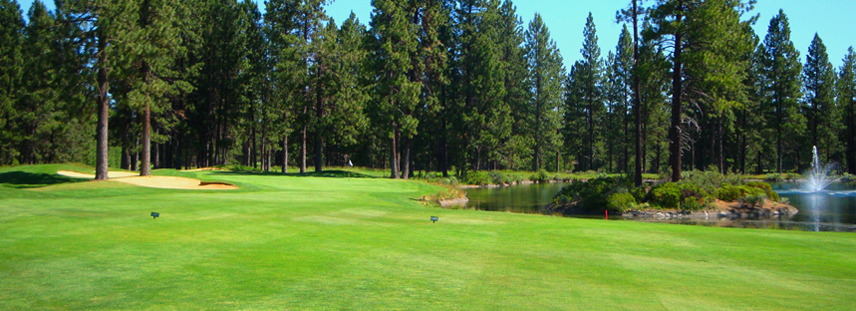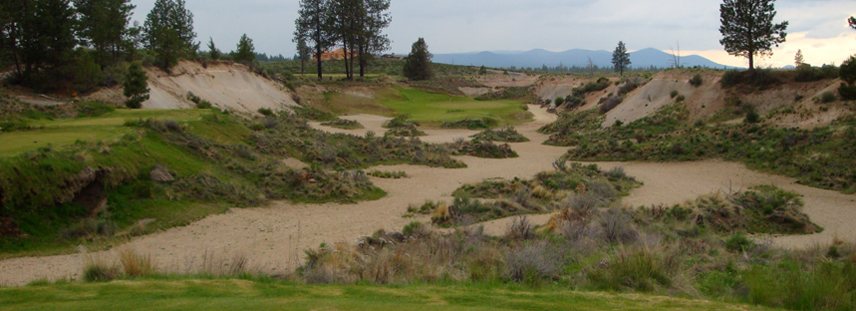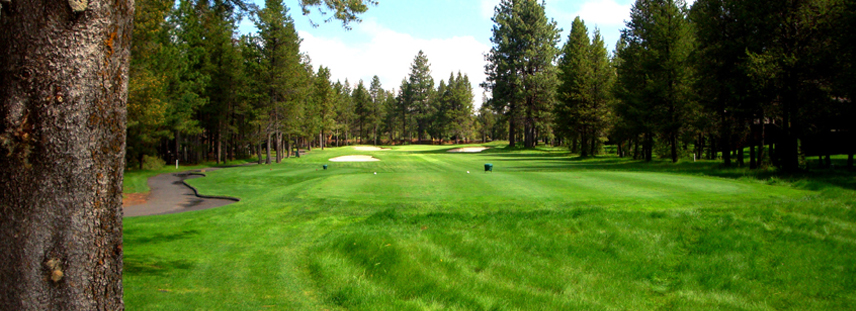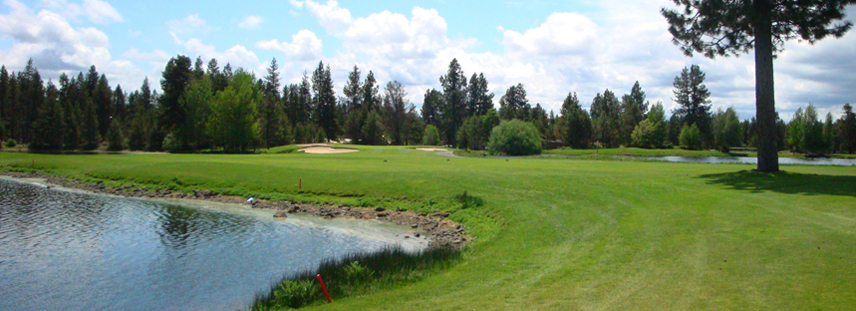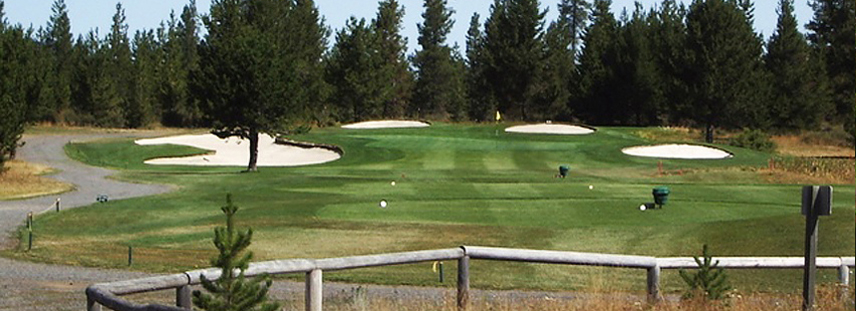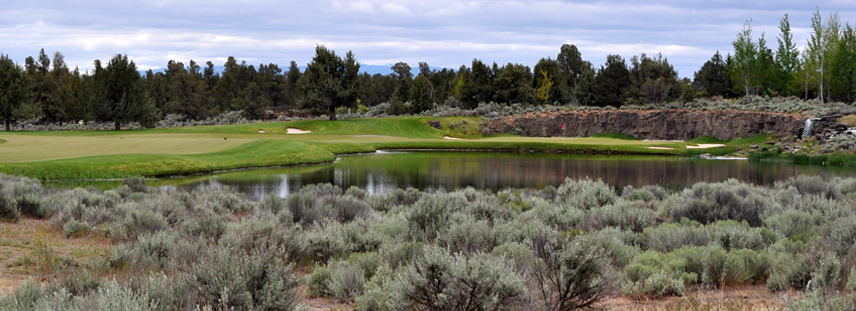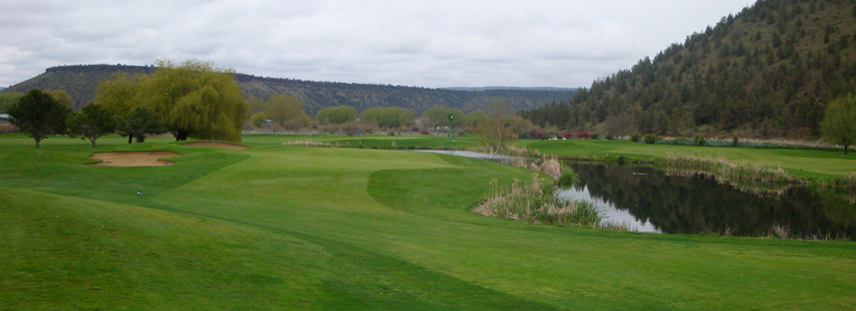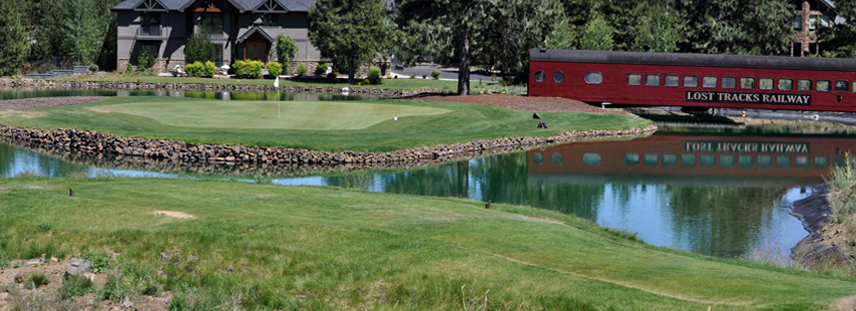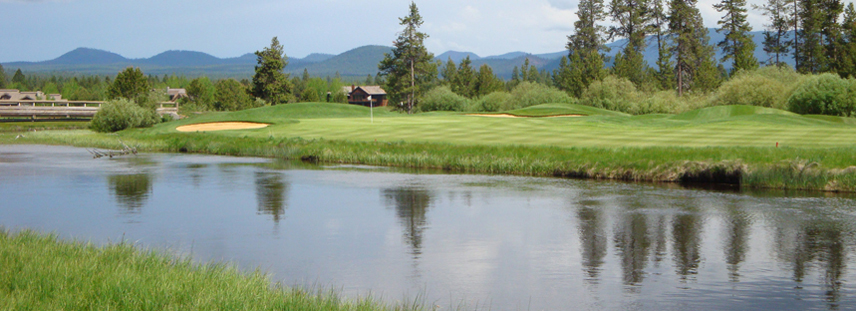Widgi Creek Golf Club, in Bend, OR, has a classic high desert feel, and is a pristine track to move the golf ball on. Tucked into a forest of Ponderosas, Widgi Creek counters a lack of vistas with a nice course design and superb maintenance. Included is well-groomed layouts of thick, plush grass, as well as immaculate greens with the truest of rolls. The grass is kept tight in the fairways, and at a favorable length in the rough, while the putting surfaces can appear untraveled at times. With proper shot selection and execution, you will enjoy the cohesive interaction between the ball and course. Navigate safely through the tall pines, and the honest putting surfaces will open up scoring opportunities. But easier said than done, as there are plenty of challenges among these wooded, high desert grounds. Widgi Creek, named after a Native American term for this winding, Deschutes river region, flows straight in line with the reputable, high quality golf of Central Oregon.
Widgi Creek Golf Club is built on flat to slightly rolling terrain, with a nice mix of straightforward layouts and doglegs. The straight holes often require long tee shots, but accuracy is a premium among their tight designs through the Ponderosas. Many of the bending holes are shorter and require less club for optimal 2nd shot positioning. Without a doubt, tight layouts and tall pines are the biggest obstacle at Widgi Creek. Below the trees, lies tall grasses and desert brush, making the discovery and recovery of ones ball very difficult. Additionally, Widgi Creek houses many large ponds, which must be either carried or bypassed from the tee, or avoided on approach shots. Sand traps exist both directionally and green side. They tend to be quite large, but aren’t terribly tough to exit with generally modest steepness. The greens, as mentioned, are second to none. They’re large surfaces are in spectacular condition, and offer the smoothest of rolls and soft-touch speeds. The contour of the greens offer a fair mix of mild to heavy undulation.
